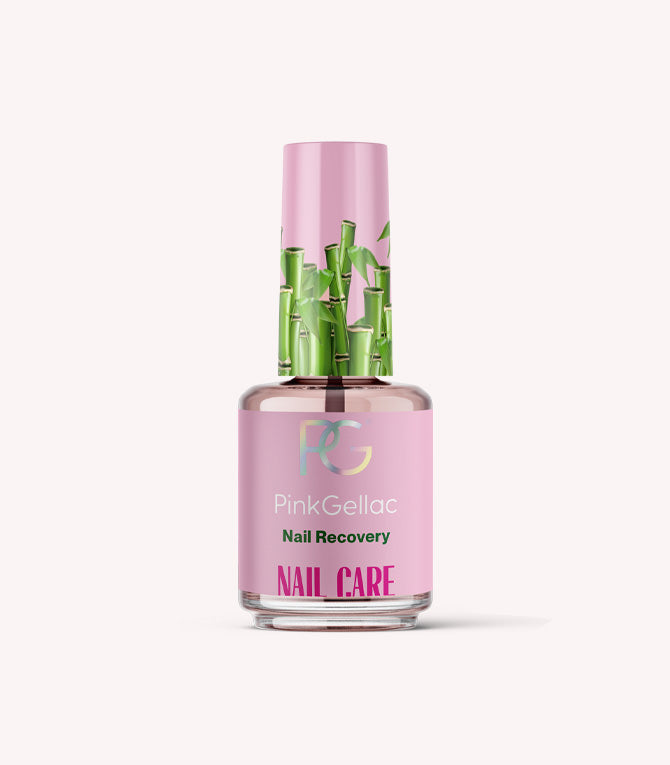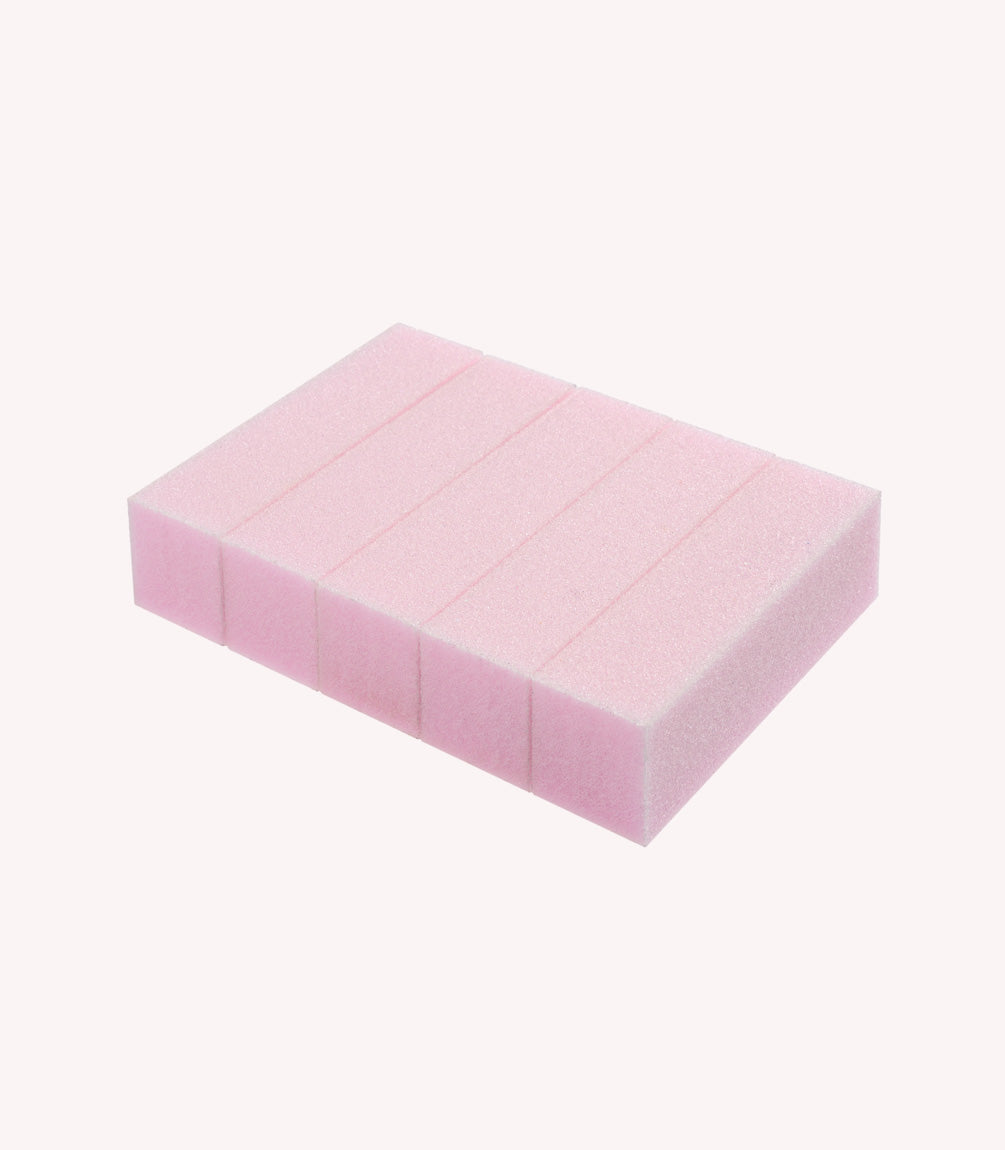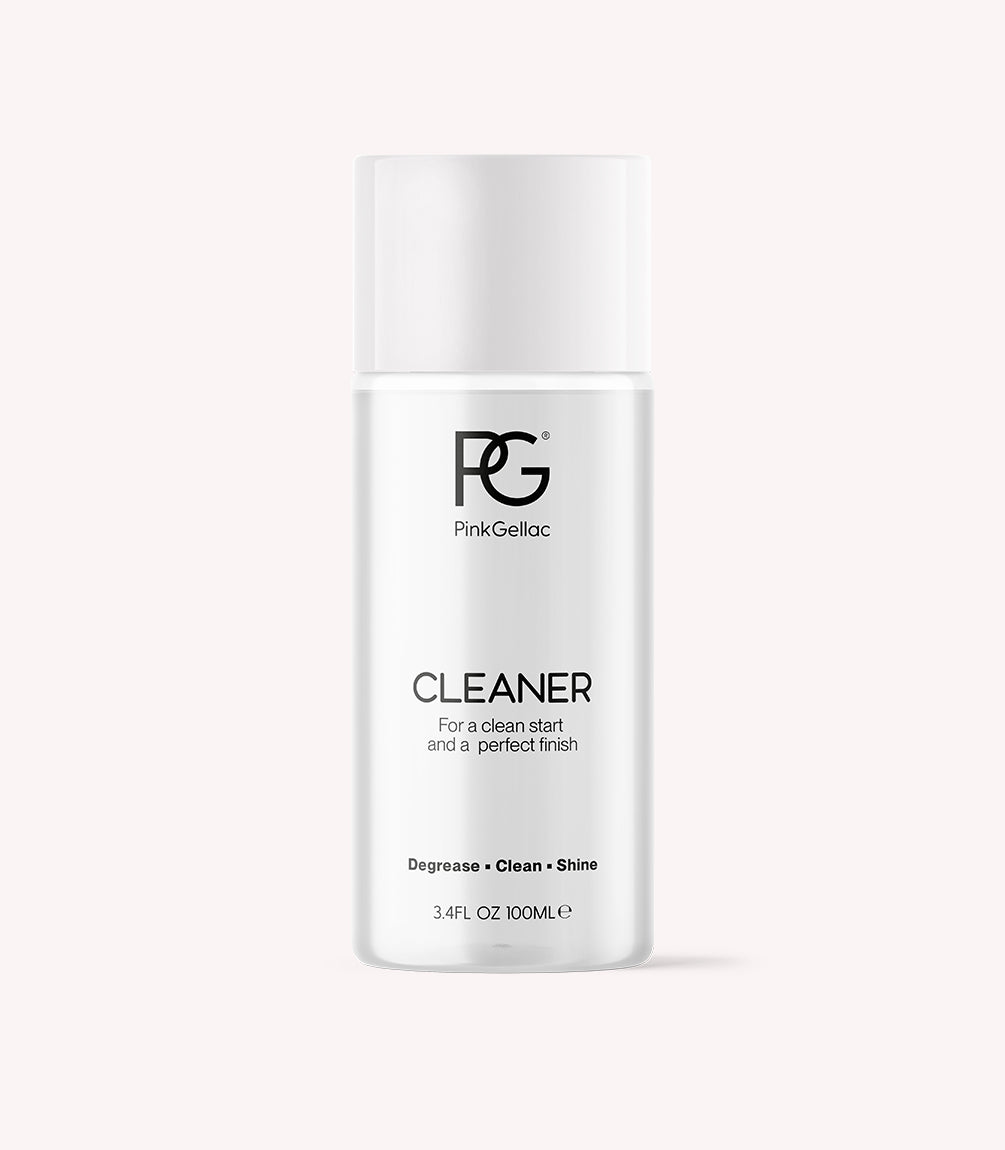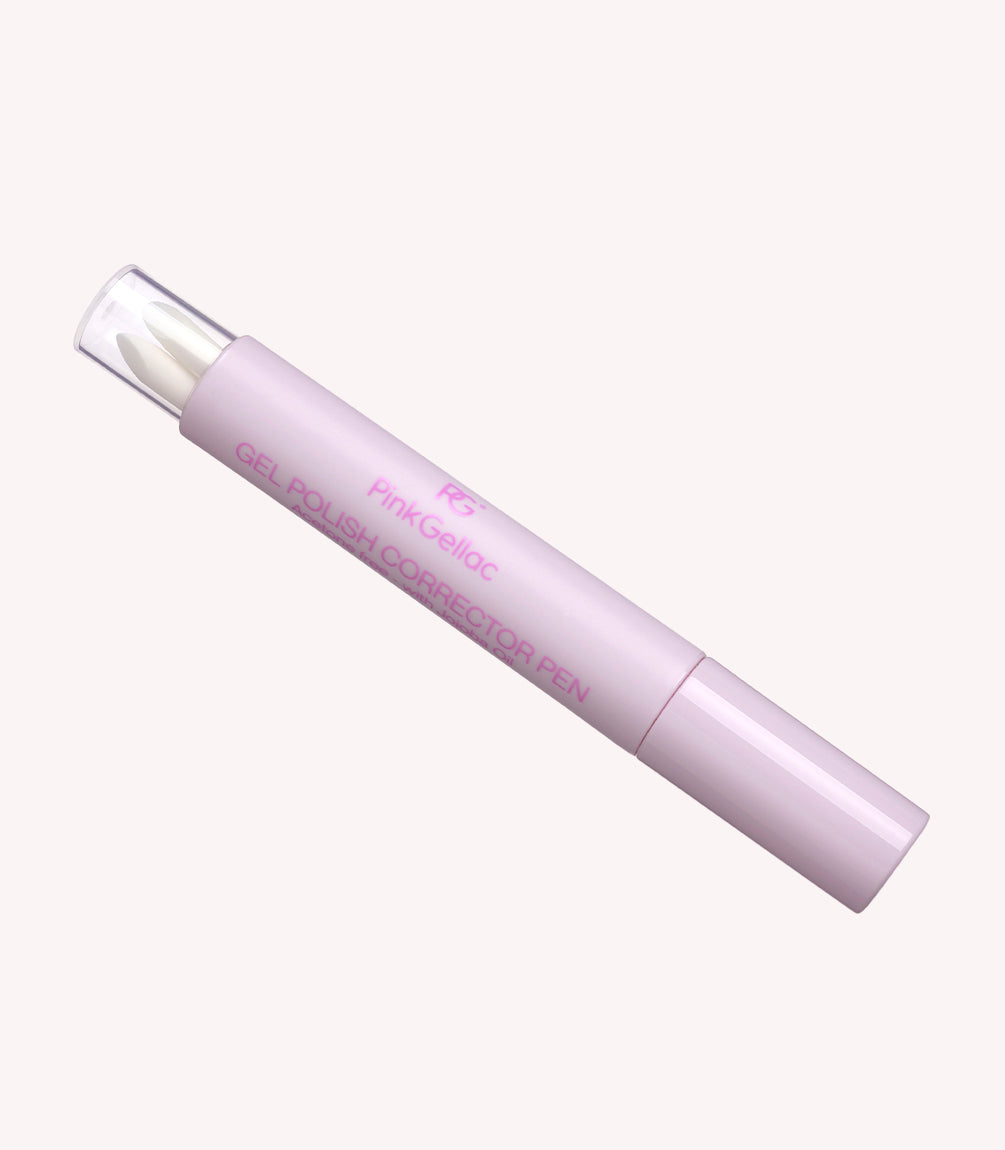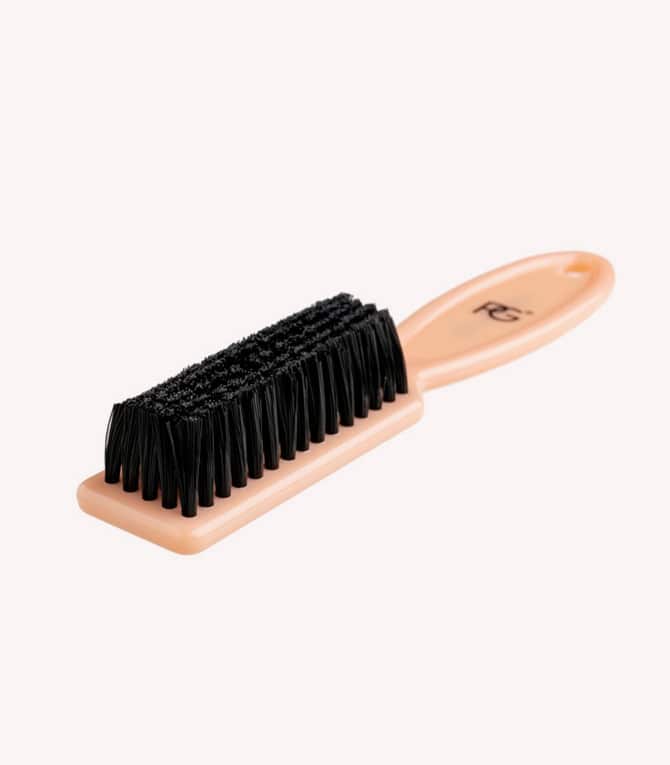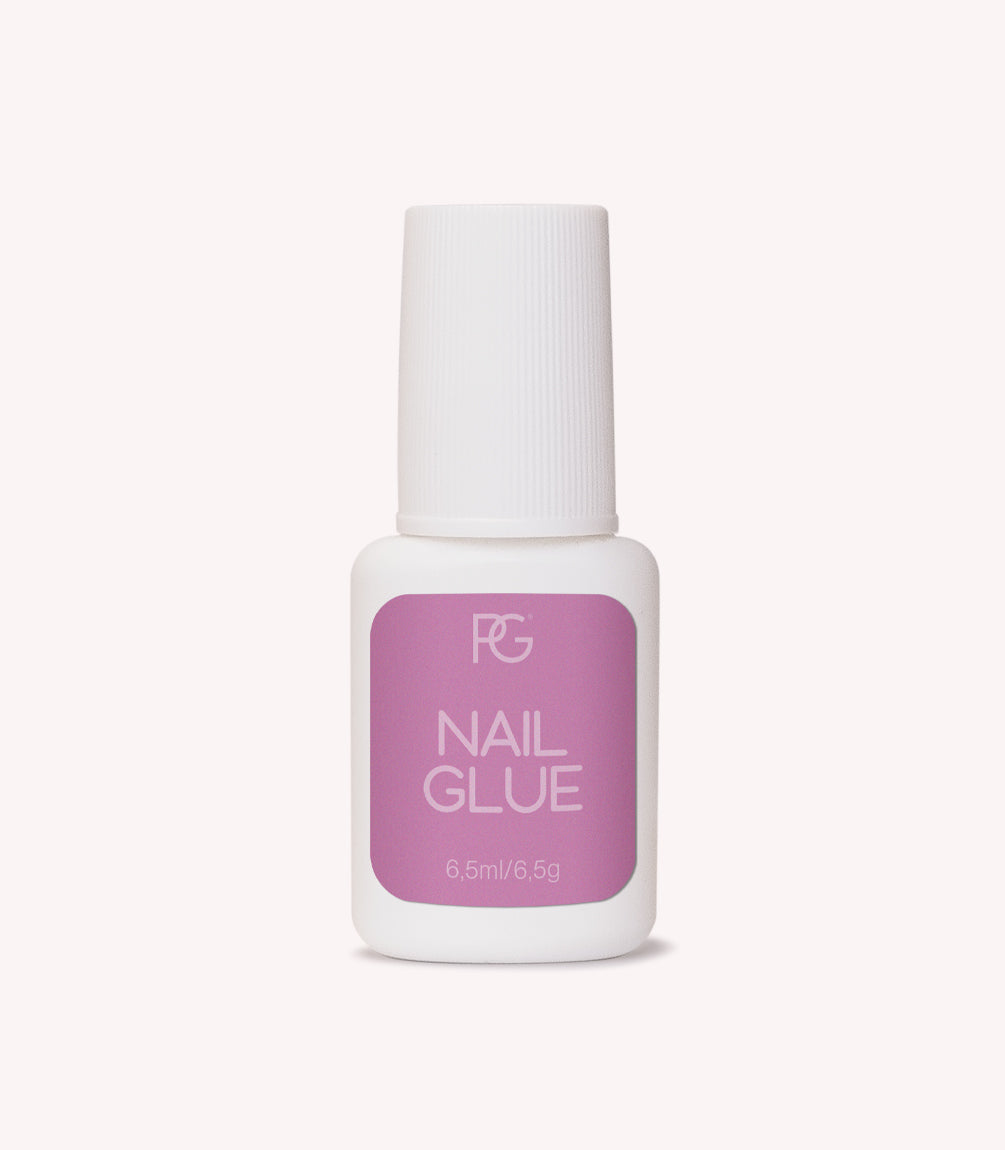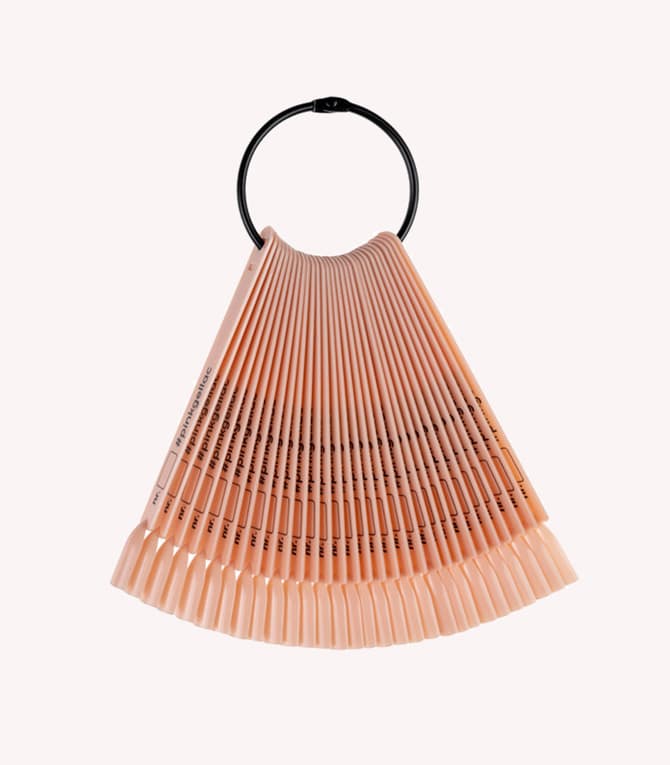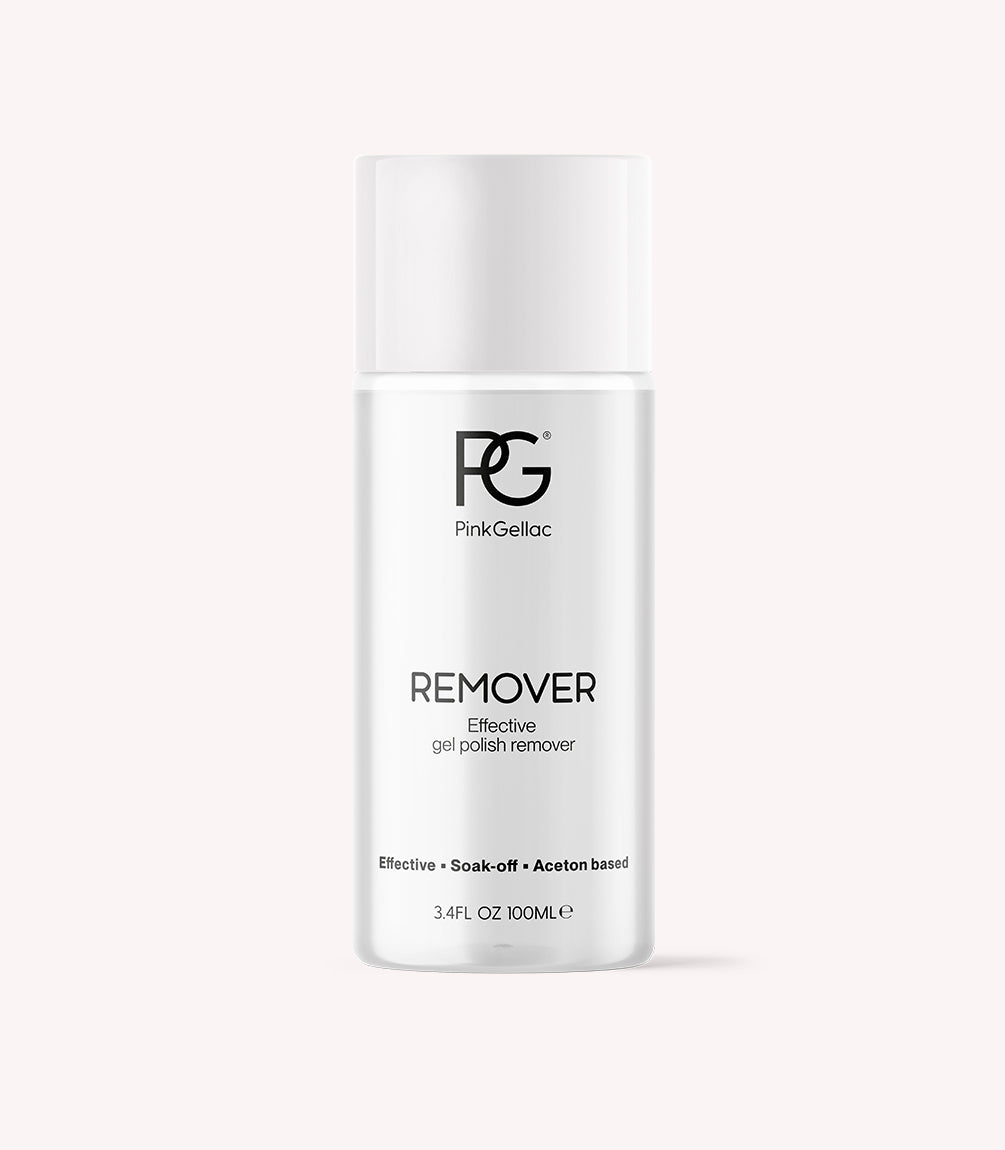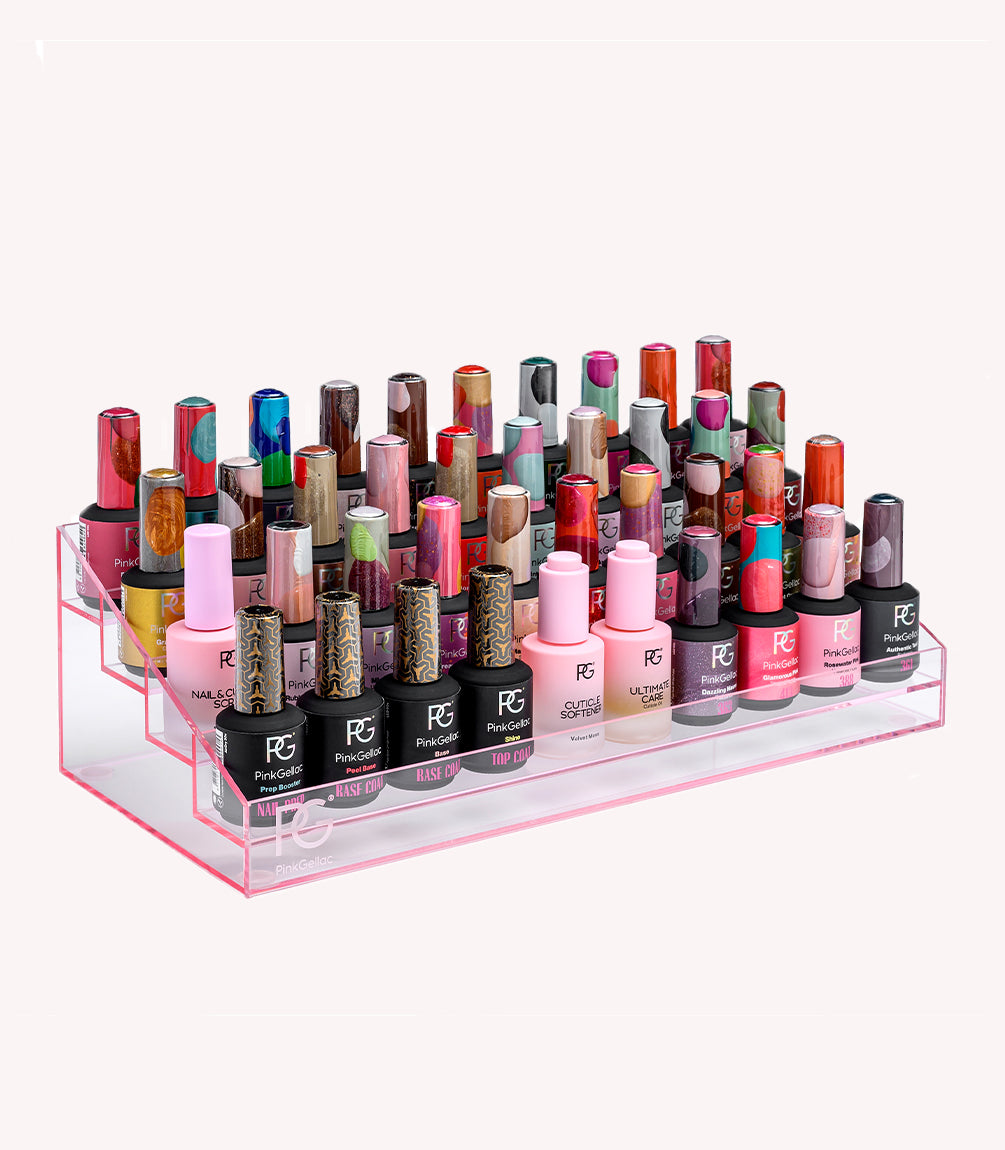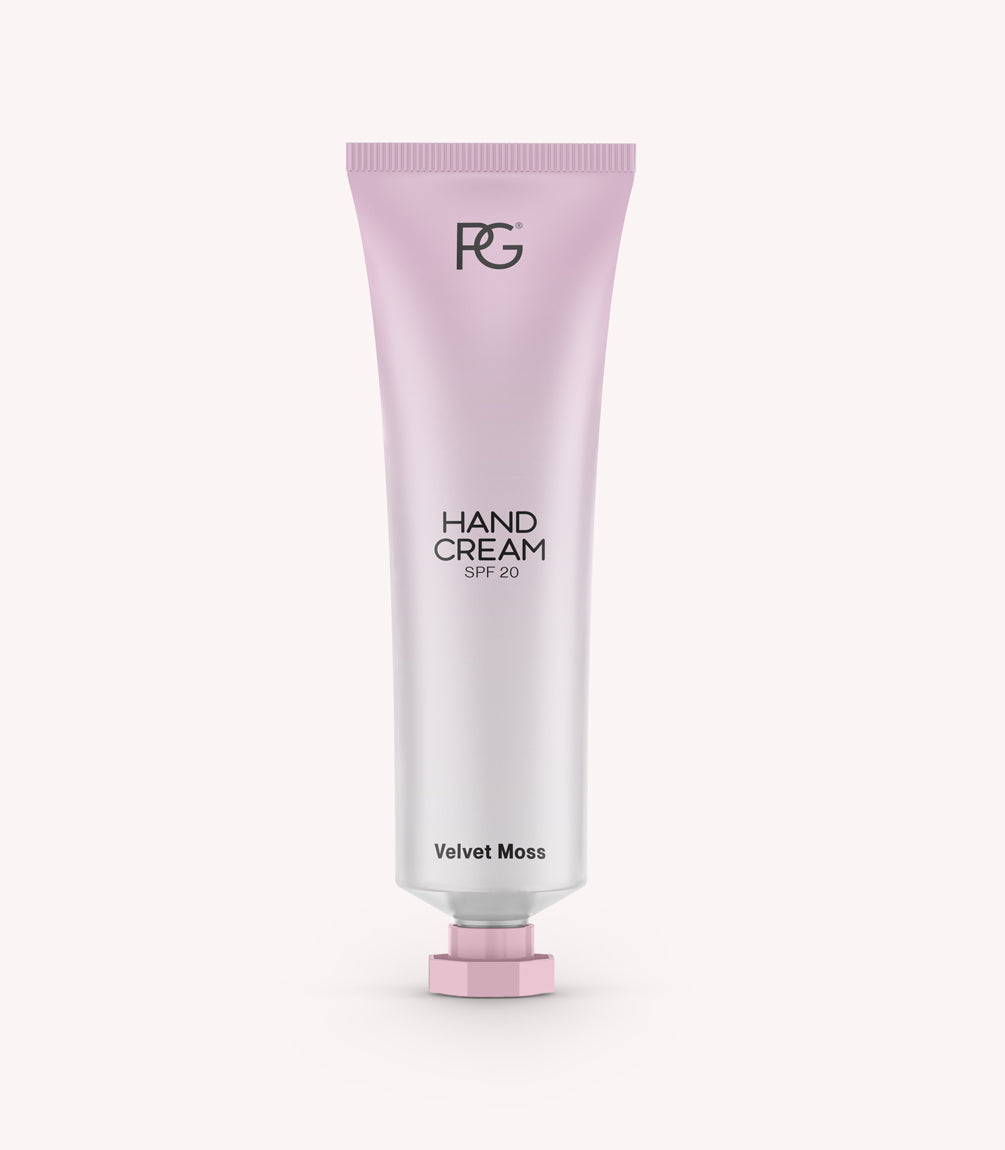Expert Opinions
There has recently been media attention around the risks of developing an acrylate allergy and its potential consequences for the use of medical materials such as prosthetics or dental implants. We spoke to several experts about the risks of acrylates and the consequences of an acrylate allergy. These conversations made it clear that the likelihood of developing an allergy from the Pink Gellac formula is significantly lower than from formulas containing HEMA, and that there is no need to worry about no longer being eligible for medical prosthetics or dental implants – medical specialists can take allergies into account.
You will find their findings below, and a summary is available in our statement on the safe use of gel nail polish.
Expert Insights

Dr. Apr. An Goossens, Emeritus Professor of Dermatology, Catholic University of Leuven (Belgium)
Prof. Goossens states that not all types of acrylates and methacrylates carry the same risk of sensitisation. Some (meth)acrylates – such as hydroxyethyl methacrylate (HEMA) and di-HEMA trimethylhexyl dicarbamate (di-HEMA TMHDC) – are stronger allergens than other acrylate derivatives. This is due to factors such as molecular size, skin penetration, and chemical reactivity.
Prof. Goossens confirms that the methacrylates used by Pink Gellac are not known to have a high risk of causing allergic reactions.
The method of use also plays a role. According to Prof. Goossens, it is important that consumers follow the user instructions carefully and are aware of the risks associated with products containing (meth)acrylates. It is important to read ingredient labels carefully and to avoid products with hydroxyethyl methacrylate (HEMA) and di-HEMA trimethylhexyl dicarbamate (di-HEMA TMHDC), both of which are only permitted in professional nail cosmetics, as well as hydroxypropyl methacrylate (HPMA) and ethylene glycol dimethacrylate (EGDMA), as these are highly sensitising.
Consumers should not use products that are for ‘Professional use only’ but only those permitted for consumer use. It would also be wise to allow the use of nail cosmetics only from the age of 16, as the development of a contact allergy can never be completely ruled out.
Acrylates and methacrylates are used in many fields, including in medical devices for diabetics and in medical implants such as artificial hips, knee prostheses, or dental treatments. If such a treatment is needed, issues only arise if the material continues to release (meth)acrylate monomers (small molecules responsible for allergies) after placement. Rejection of prostheses is extremely rare and is usually caused by mechanical issues or infections. Where the cause is indeed allergy-related, it usually involves other components in the bone cement, such as added antibiotics or different metals in the prosthesis. If a user is sensitised, Prof. Goossens states that alternative products or treatments are generally possible.
It is essential to inform any medical specialist of known allergens.

Dr Claudia Cusan, European registered toxicologist and PhD in pharmaceutical sciences
According to Dr Cusan, there is much difference in skin allergy risk between different (meth) acrylates. In the more than 15 years she has been a toxicologist, she has seen many acrylate compounds that did not cause a skin reaction. HEMA does and it is clear that the HEMA acrylate poses much more risk than the acrylates used by Pink Gellac. As an example, IBOMA is not a skin sensitizer and TMPTMA is also not sensitizing to the skin (data from testing the substance according to internationally recognized testing protocols). The main factors that determine whether a (meth)acrylate can lead to an allergy are its molecular weight, skin permeability, chemical structure and reactivity.
It is important to realise that acrylates are everywhere. Not only in gel nails, but also in paints, inks, cosmetics or leather products. These can all be sources for an allergic reaction.

Marc Zaaijer, Benelux Manager at the European market leader in bone cement
Mr Zaaijer confirmed in a conversation with Pink Gellac that knees and hips can usually be implanted either cemented or uncemented – with or without bone cement. Even with bone cement containing acrylates, it is still uncertain whether a patient with an acrylate allergy would experience a reaction after implantation. Mr Zaaijer is not aware of any scientific studies reporting this, nor has he encountered it in practice. According to Mr Zaaijer, this is due to the fact that bone cement hardens (polymerises) quickly, meaning virtually no monomers remain in the body afterward. Most of the polymerisation happens when the powder and monomer liquid are mixed by the operating room assistant – not inside the body. Once in place, the bone cement only releases antibiotics, which are intended to reduce the risk of infection.
In the Netherlands, over 40,000 joint prostheses (knee, hip, shoulder) are cemented each year.

An orthopaedic surgeon from a major Dutch clinic that places thousands of knee and him implants a year
In a discussion with Pink Gellac, this specialist stated: "It’s no problem at all to place a new hip or knee without bone cement. Bone cement is what someone with an acrylate allergy could potentially react to. At our clinic, 98% of hip replacements are already done without cement; the remaining 2% can also be done without. Knee replacements are more commonly cemented, but nowadays there are plenty of cement-free alternatives too. Over recent years, there has been a trend towards uncemented knee prostheses.
Moreover, it is not yet clear whether a contact allergy to a substance actually leads to problems with a prosthesis – no clear studies are available on this. To be on the safe side, it is always best to inform the doctor of any allergies, so that they can take them into account. Doctors always ask about allergies prior to surgery.”
This is also confirmed in this article by Prof. Dr Peter Nolte.

Dr Stefan Bolder, orthopaedic surgeon at Amphia hospital, in BN de Stem
“If you have a contact allergy, you might experience symptoms after receiving an implant. This is because a prosthesis with bone cement is placed under the skin. But if you have a serious allergy to substances in gel nail polish, it is important to report this before undergoing a prosthetic operation. Don’t worry though – you can still receive a prosthesis, but it will be one without bone cement.”

A dental implant manufacturer
An acrylate allergy does not mean you can no longer receive dental implants. On the contrary, there are several alternatives for people with such allergies. Materials that may be used include Polyetheretherketone (PEEK), Polyamide (Nylon), polyurethane-based materials, or composites reinforced with fibreglass or ceramic. There are also laboratories that use so-called monomer-free acrylates – the free monomers that may cause allergic reactions are greatly reduced in these products.

A major contact lens manufacturer
Nowadays, acrylates are hardly used in contact lenses; silicone is more common. Acrylic – or acrylic glass – was previously used to make hard contact lenses. A key drawback of this material is its low oxygen permeability. Although acrylates are now rarely used, it is still important for people with an acrylate allergy to check with their lens supplier whether the materials contain any acrylates.
Want to know more?
In our podcast, we explore the most common facts and myths about gel nail polish, together with Dr. Apr. An Goossens.
